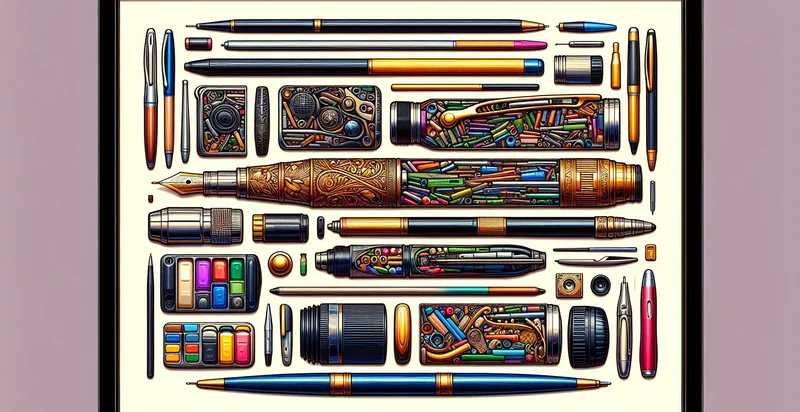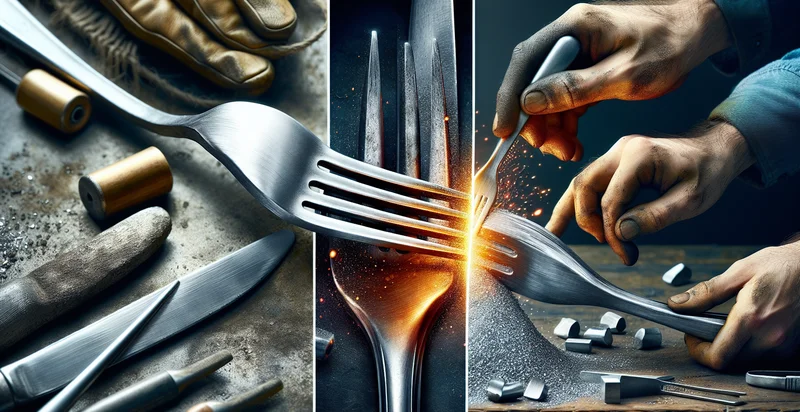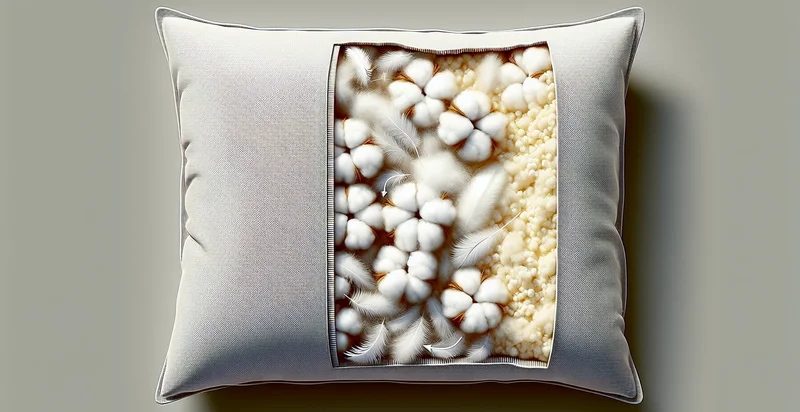Identify what material a pen is made from
using AI
Below is a free classifier to identify what material a pen is made from. Just upload your image, and our AI will predict what material a pen is made from - in just seconds.

Contact us for API access
Or, use Nyckel to build highly-accurate custom classifiers in just minutes. No PhD required.
Get started
import nyckel
credentials = nyckel.Credentials("YOUR_CLIENT_ID", "YOUR_CLIENT_SECRET")
nyckel.invoke("what-material-a-pen-is-made-from", "your_image_url", credentials)
fetch('https://www.nyckel.com/v1/functions/what-material-a-pen-is-made-from/invoke', {
method: 'POST',
headers: {
'Authorization': 'Bearer ' + 'YOUR_BEARER_TOKEN',
'Content-Type': 'application/json',
},
body: JSON.stringify(
{"data": "your_image_url"}
)
})
.then(response => response.json())
.then(data => console.log(data));
curl -X POST \
-H "Content-Type: application/json" \
-H "Authorization: Bearer YOUR_BEARER_TOKEN" \
-d '{"data": "your_image_url"}' \
https://www.nyckel.com/v1/functions/what-material-a-pen-is-made-from/invoke
How this classifier works
To start, upload your image. Our AI tool will then predict what material a pen is made from.
This pretrained image model uses a Nyckel-created dataset and has 20 labels, including Acrylic, Aluminum, Biodegradable, Carbon Fiber, Ceramic, Composite, Copper, Fiberglass, Glass and Metal.
We'll also show a confidence score (the higher the number, the more confident the AI model is around what material a pen is made from).
Whether you're just curious or building what material a pen is made from detection into your application, we hope our classifier proves helpful.
Related Classifiers
Need to identify what material a pen is made from at scale?
Get API or Zapier access to this classifier for free. It's perfect for:
- Quality Control in Manufacturing: Manufacturers can integrate the false image classification function to ensure that only pens made from specified materials pass quality control checks. This helps in maintaining product standards and assists in identifying any defects in the production line promptly.
- Sustainable Sourcing Approval: Companies focused on sustainability can use the function to verify whether the materials used in their pens align with their eco-friendly standards. This ensures compliance with corporate responsibility goals and enhances brand reputation.
- Material Supply Chain Verification: Businesses can leverage the function to authenticate the materials sourced from suppliers, ensuring that the pens are made of the correct material before they are distributed. This reduces the risk of receiving counterfeit or substandard products.
- Market Research and Consumer Insights: Retailers can use this function to gather data on the materials used in competing products in the market. Analyzing this information can help identify trends and inform marketing strategies and product development.
- Counterfeit Detection: The false image classification function can serve as a tool for retailers to identify counterfeit pens that may be marketed as premium brands. This ensures that customers receive authentic products, thereby protecting brand integrity.
- Product Development Feedback: Design teams can utilize the function during the prototyping phase to analyze the material composition of pens against user preferences. This allows for better alignment between product features and consumer expectations.
- Inventory Management: Businesses can incorporate the function into inventory management systems to categorize pens based on their material. This facilitates more accurate stock tracking and helps in streamlining order fulfillment by understanding product variations.


